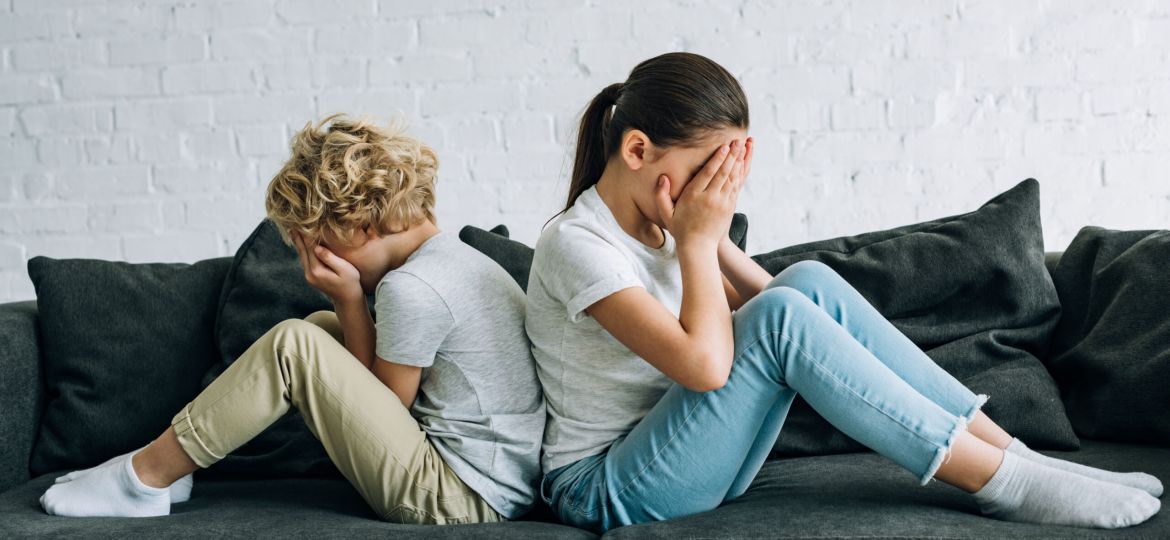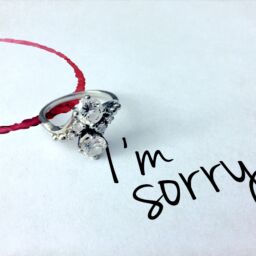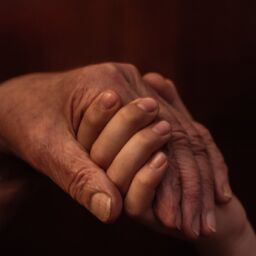
Emotional Maltreatment in Children
by- Melody Pender
Children of all ages are entitled to basic necessities in life including food, clothing, and shelter. However, some guardians and parents exclude the emotional nourishment and care that promote emotional stability in the child’s life. Emotional neglect can lead to harmful life choices, which might cause regrettable experiences (Cheprasov, 2021).
Emotional Child Abuse is a “repeated pattern of caregiver behavior or extreme incident(s) that convey to children that they are worthless, flawed, unloved, unwanted, endangered, or of value only in meeting another’s needs” (Hart et al., 2011).
Proper awareness of Child Abuse is necessary for us to look for warning signs and further educate ourselves on this form of abuse. According to Childhelp National Child Abuse, every year in the United States, approximately 4.3 million children are involved in referrals to Child Protective Services (CPS). The number of children confirmed to be abused or neglected by the CPS in 2014 was over 702,000 (Wolfersteig, PhD, et al., 2016). According to National Child Abuse and Neglect Data System’s report, “46 percent of child abuse victims in 2013 suffered from emotional abuse” (Oon, 2015). .
Child maltreatment includes emotional ill-treatment that occurs when the child is under 18 years of age, and may cause a loss of trust in the parent and harm to the child’s health and emotional wellbeing (WHO, 2022).
Unlike other forms of abuse, Emotional Abuse may have long lasting problems that affect the Victim years after the traumatic event occurs. Most of the causes of such traumatic events happen internally, so others have difficulty comprehending the Victim’s turmoil.
According to the Children’s Hospital of Philadelphia, unseen pain may result the following neuropsychological disorders associated with Emotional Child Abuse.
- Post-traumatic stress disorder (PTSD): This condition develops following a stressful situation or events and can present as sleep disturbance, recurrent dreams, withdrawal, or lack of concentration.
- Reactive attachment disorder (RAD): Children with RAD show limited emotional responses when typically expected. They may have a lack of remorse after bad behavior or limited responses to emotional triggers no matter the situation.
- Adjustment disorders: These disorders present as unhealthy reactions to stressful events such as depression or nervousness. This disorder can also include violating others’ thoughts, emotions, or physical boundaries.
- Acute stress disorders (ASD): This disorder may begin shortly after an overwhelming traumatic event. The symptoms of ASD are similar to PTSD, but occur within the first month after exposure to trauma. If symptoms persist longer than a month, the individual is diagnosed with PTSD.
- Disinhibited social engagement disorder (DSED): This behavioral disorder occurs in young children and results in attachment disorders including mingling with strangers (Children’s Hospital of Philadelphia, n.d.).
Different forms of Emotional Abuse can fit into nine categories (Gluck, 2021):
- Rejection
- Scorn
- Isolation
- Terrorism
- Exploitation or corruption
- Exposure to Domestic Violence
- Showing lack of regard for a child
- Saying unkind things to the child
- The absence of emotional response
Emotional Child Abuse can stem from any of those nine categories and change the child’s future in the absence of proper care and therapy. This includes an increased risk for alcohol problems, antagonistic traits, low self-esteem, and automatic negative thoughts.
Often, when an individual discovers a Victim of Child Emotional Abuse, they are unsure of the proper steps to take to solve the issue. Below are some tips on helpful organizations that someone can contact if they suspect Emotional Child Abuse.
- National Child Abuse Hotline can be reached 24/7 at 1–800–4-A-CHILD (1–800–422–4453) for information on free help in your local area. In addition, each state usually has its own Child Abuse hotline.
- The National Domestic Violence Hotline can be reached 24/7 via chat or phone (1–800–799–7233 or TTY 1–800–787–3224) and can access service providers and shelters across the country to supply free support.
While therapy for the Victims is crucial in order to handle the emotional aftermath of abuse, we also advise deeper education and awareness as well as vigilance of caretakers, guardians, or parents’ actions to prevent traumatic situations from occurring.
Some forms of therapy that might prove useful for a Victim of Child Emotional Abuse include: exposure therapy, family therapy, mindfulness-based programs, and trauma-focused cognitive behavioral therapy (Holmes, 2021).
We at ARO are here to support you in your personal healing journey to complete well-being. We bring awareness and education to 13 different types of abuses including Narcissistic, Sexual, Physical, Psychological, Financial, Child, Self, Cyberbullying, Bullying, Spousal, Elder, Isolation, and Workplace, and help others heal and find peace. Please support our efforts by going to GoARO.org to learn how you can make an impact on the Abuse Care Community.
Resources
Carey, E. (2018, May 29) Child Emotional and Psychological Abuse
https://www.healthline.com/health/child-neglect-and-psychological-abuse
Cheprasov, A. (2021, December 28). What is emotional child abuse? https://study.com/academy/lesson/what-is-emotional-child-abuse-definition-statistics.html
Child Abuse Statistics. (n.d.) Childhelp National Child Abuse Hotline.
Children’s Bureau. (2020, January 15). Child Maltreatment 2018. Administration for Children and Families, U.S. Department of Health and Human Services. https://www.acf.hhs.gov/cb/resource/child-maltreatment-2018
Children’s Hospital of Philadelphia. Trauma and stressor-related disorders in children (n.d.) https://www.chop.edu/conditions-diseases/trauma-and-stressor-related-disorders-children
De Bellis, M. D., Woolley, D. P., & Hooper, S. R. (2013). Neuropsychological findings in pediatric maltreatment: relationship of PTSD, dissociative symptoms, and abuse/neglect indices to neurocognitive outcomes. Child maltreatment, 18(3), 171–183. https://doi.org/10.1177/1077559513497420
Gluck, S.(2021, December 17)What is psychological abuse of a child? https://www.healthyplace.com/abuse/child-psychological-abuse/what-is-psychological-abuse-of-a-child
Hart, S. N., Brassard, M., Davidson, H. A., Rivelis, E., Diaz, V., & Binggeli, N. J. (2011). Psychological maltreatment. In J. E. B. Myers (Ed.), The American Professional Society on the Abuse of Children (APSAC) handbook on child maltreatment (3rd ed., pp. 125–144). Thousand Oaks, CA: Sage.
Holmes, L. (2021, November 15) How emotional abuse in childhood changes the Brain https://www.verywellmind.com/childhood-abuse-changes-the-brain-2330401
Oon, S. (2015, June 16) Emotional abuse is inadequately defined and measured. https://imprintnews.org/featured/emotional-abuse-is-inadequately-defined-and-measured/10864
Wolfersteig, PhD, W., Harthun, MA, M., Diaz, JD, M., Moreland, MS, D., Dustman, EdD, P. A., & Kantrud, MEd, R. (2016, June 30). Child welfare, curriculum design and child development. Retrieved from Child Help: https://www.childhelp.org/wp-content/uploads/2021/11/Literature-Reviews.pdf
World Health Organization. (2022, September 19) Child Maltreatment https://www.who.int/news-room/fact-sheets/detail/child-maltreatment
















